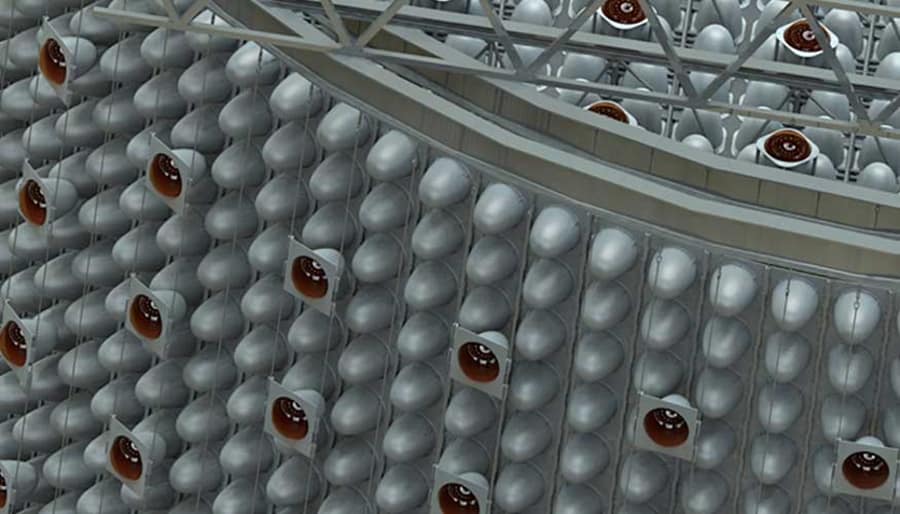Europe’s deepest operating mine is to host WATCHMAN, an instrument being developed to monitor nuclear plants more remotely and assist in revealing the origins of the universe.

Set to be built 1.1km underground at the ICL Boulby mine in North Yorkshire, the 6,500 tonne WATCHMAN detector will measure antineutrinos, which are harmless sub-atomic particles emanating from sources that include nuclear power stations.
The Anglo-US project was awarded £9.7m from the UK Research and Innovation’s new Fund for International Collaboration in January 2019 and is expected to be operational from 2022. If successful, the Advanced Instrumentation Testbed (AIT)-WATCHMAN project could lead to a scaled-up instrument designed to improve global security by tracking nuclear-weapons-grade materials.
Project partners at Lawrence Livermore National Laboratory (LLNL) in California said the depth of AIT-WATCHMAN means that naturally occurring cosmic ray particles - which continuously bombard the Earth’s surface - are reduced in rate by several orders of magnitude, removing a background that would otherwise interfere with the antineutrino signal of interest from Hartlepool nuclear power station some 25km away.
Once built, WATCHMAN (WATer CHerenkov Monitor of ANtineutrinos) is expected to consist of approximately 5000 tons of highly purified water doped with trace amounts of gadolinium, a neutron capture agent expected to enhance its sensitivity to antineutrinos.
https://www.theengineer.co.uk/depth-of-knowledge/
Project director Dr Adam Bernstein, from LLNL said: “The ICL-Boulby site for AIT, with its proximity to an existing reactor complex, is the ideal location for our experiment. WATCHMAN and AIT give the physics and non-proliferation communities a rare opportunity to work together to harness neutrino detection for the practical purpose of non-intrusively monitoring nuclear reactors.”
Abundant throughout the universe, and created by the Sun and other stars, neutrinos are among the most difficult fundamental particles to study, as they carry no electrical charge and rarely interact with ordinary matter. Studying the properties of neutrinos and antineutrinos is an important component of wider physics research into the origins of the universe, especially the apparent imbalance between matter and antimatter. A scaled version of WATCHMAN would join a small number of large, high-sensitivity astrophysics research detectors to detect neutrino emissions from nearby supernovae.
Sheffield University’s Dr Matthew Malek, principal investigator for the UK, said: “The beauty of AIT-WATCHMAN is that it enables us to learn more about the universe on so many levels, while also supporting an innovative programme of non-proliferation. We will study one of the fundamental building blocks of nature, the neutrino, and we will use it to search for supernovae in other parts of our galaxy.”




Red Bull makes hydrogen fuel cell play with AVL
Formula 1 is an anachronistic anomaly where its only cutting edge is in engine development. The rules prohibit any real innovation and there would be...